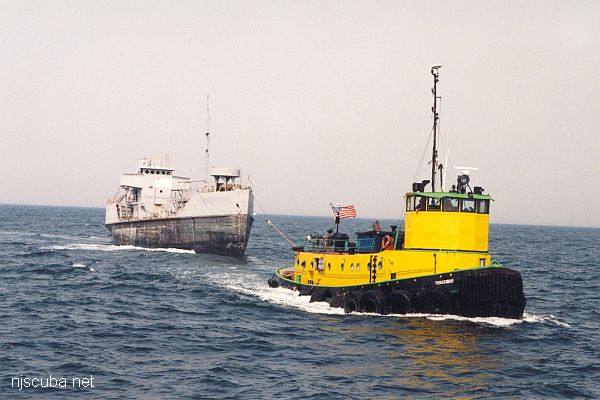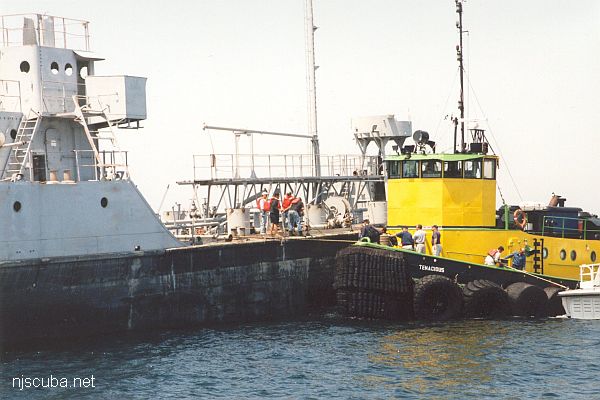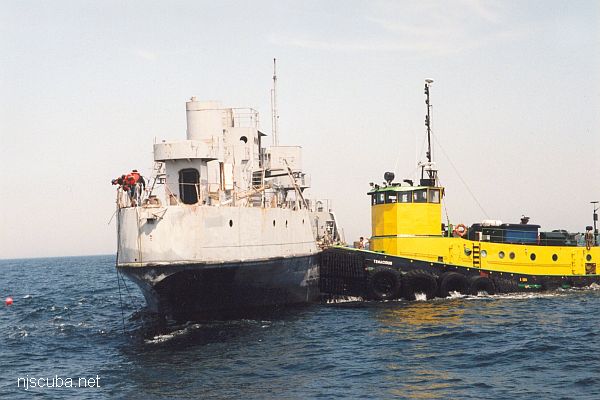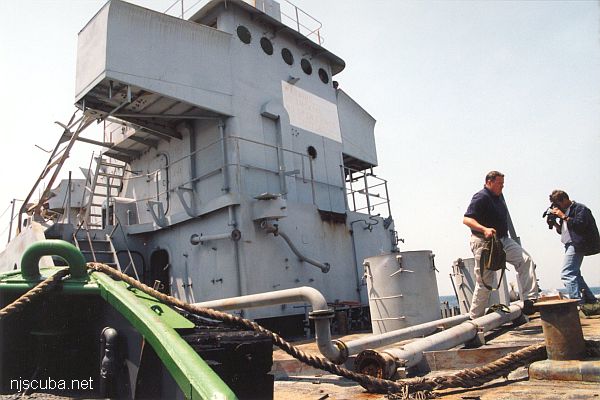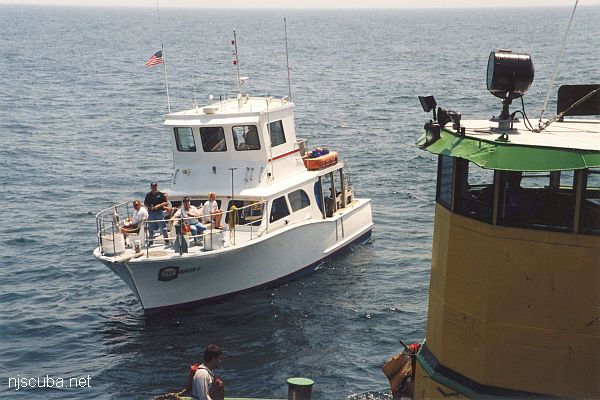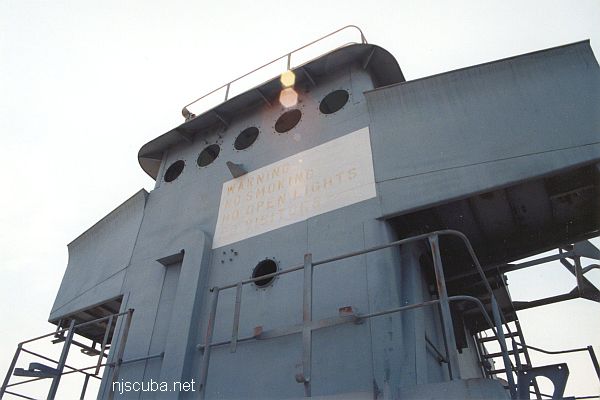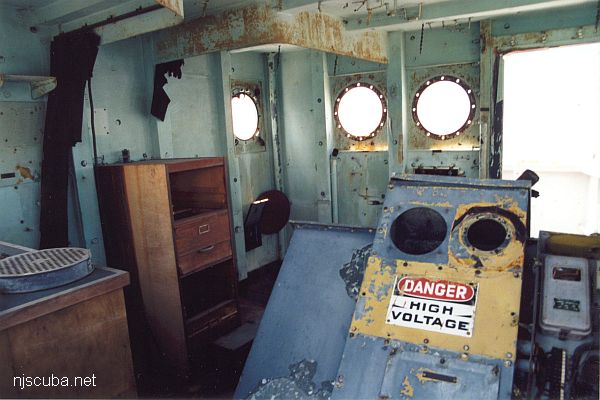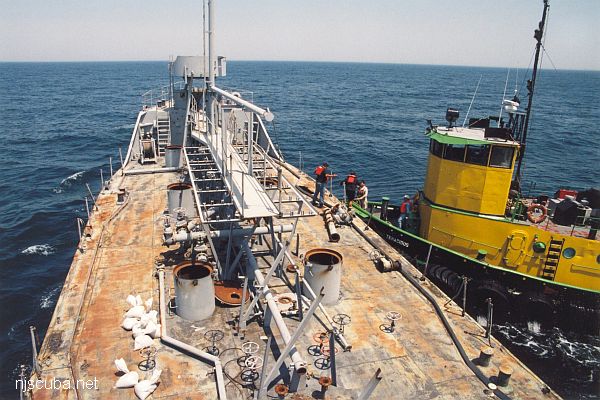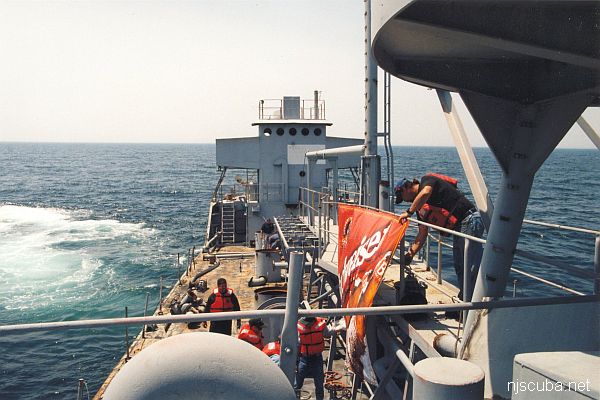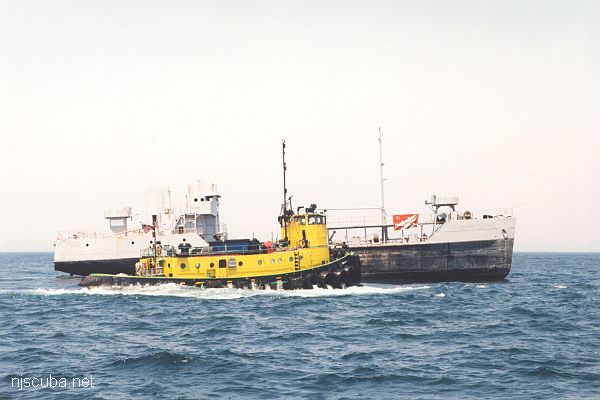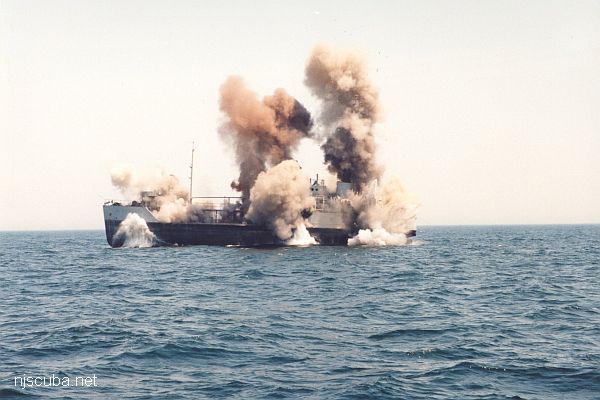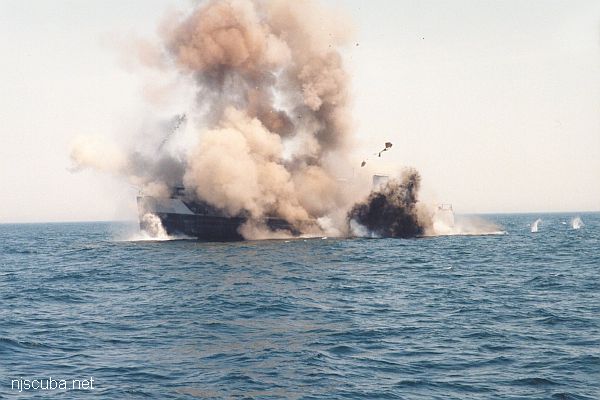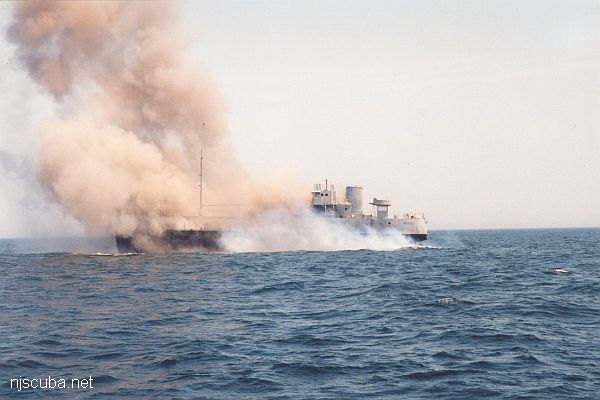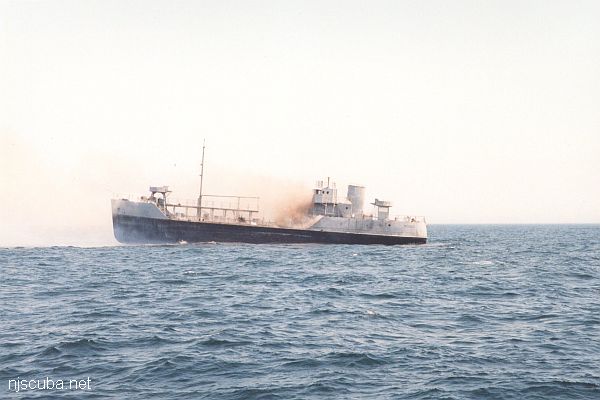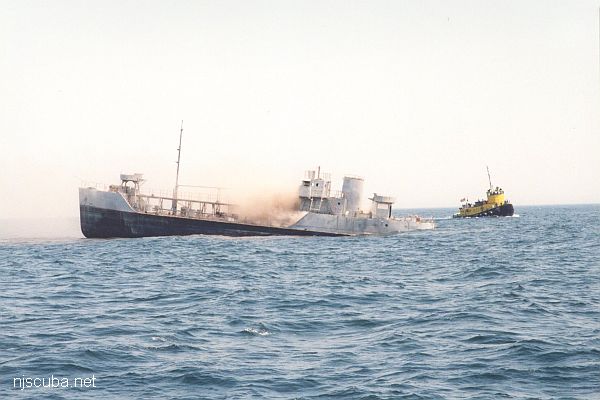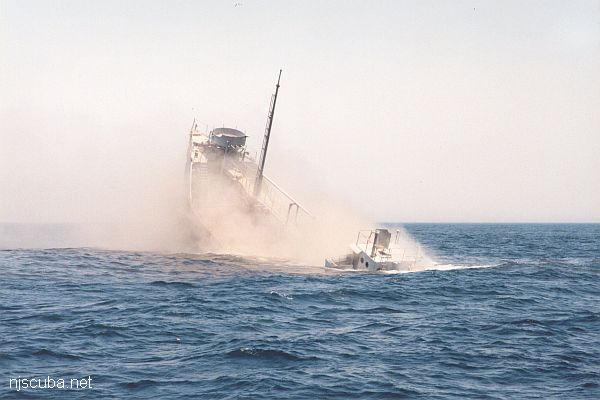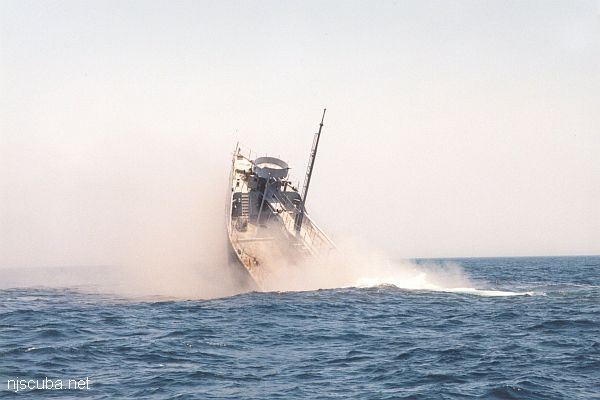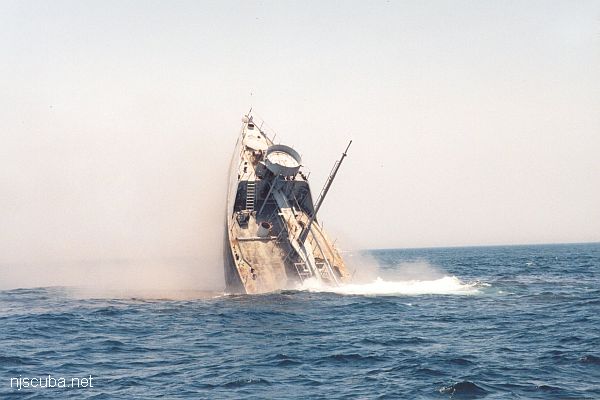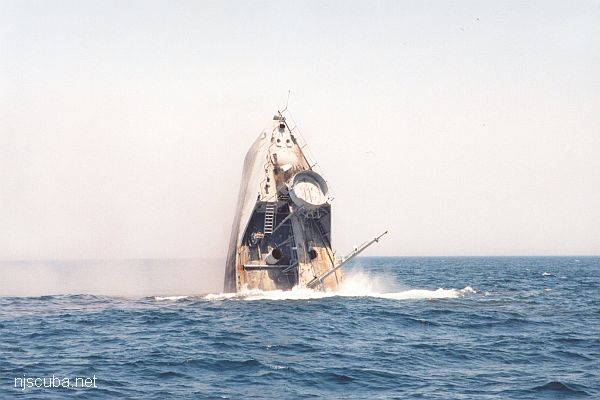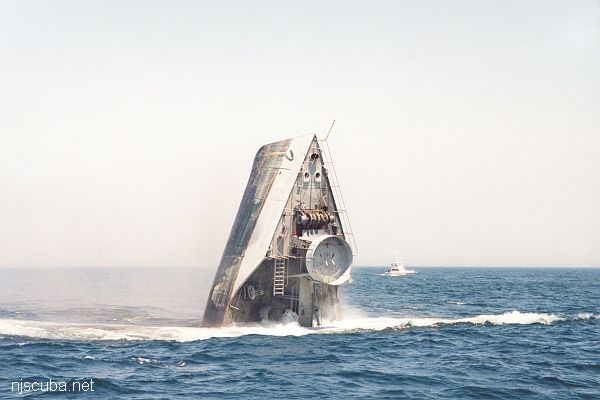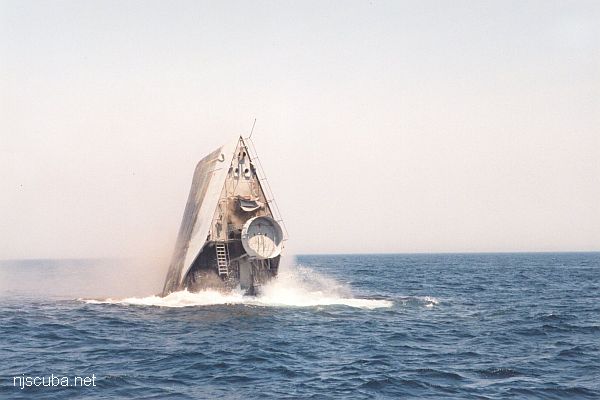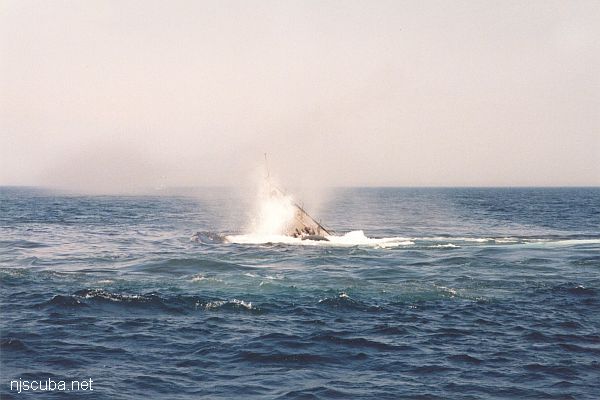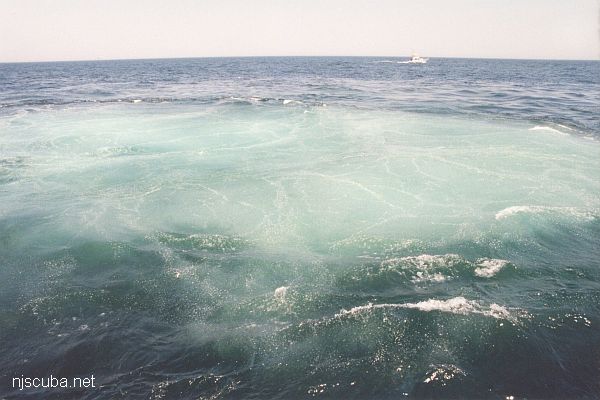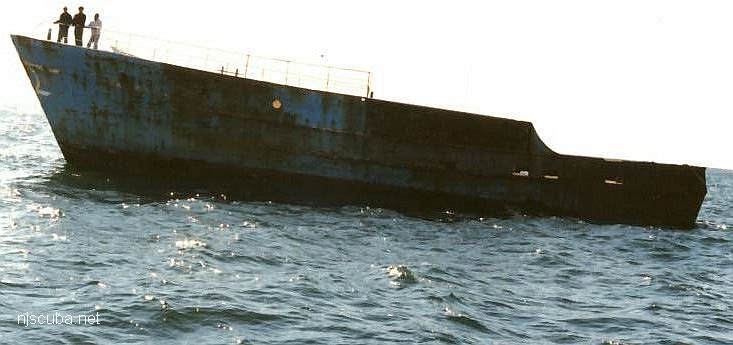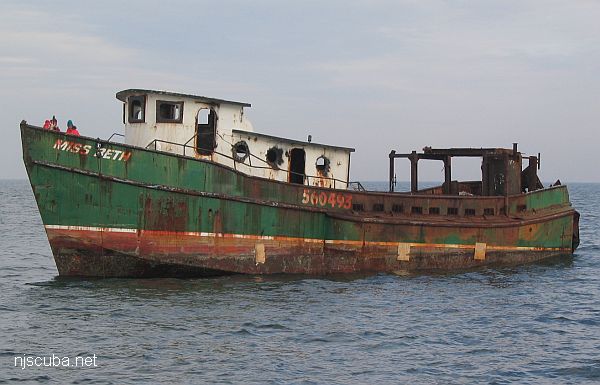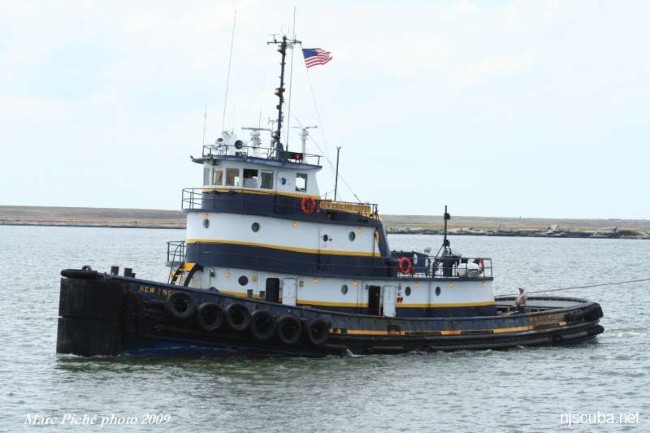Artificial Reefs
Artificial Reefs
The pink and white areas are shipping lanes. 'Natural' shipwrecks are depicted with a wreck symbol.
- Home ...
- Dive Sites ...
- Artificial Reefs ...
- Marine Biology ...
- Artifacts ...
- Gear & Training ...
- Blog ...
- Cozumel ...
Throughout this website, you have probably found many references to artificial reefs. An artificial reef is any man-made object placed in the sea as a habitat for marine organisms. Sealife is drawn like a magnet to any large object in the otherwise featureless bottom sand. Almost anything will do, but objects that can withstand the corrosive effects of saltwater are best.
- Reefs Contents ...
- New Jersey ...
- New York ...
The objective of artificial reefs is to create hard structure habitat for mussels, Sea Bass, Blackfish, Porgy, lobster, and many other species of marine life. Once fish and shellfish establish themselves in their new homes - and it doesn't take long - the reefs produce excellent catches of fish for anglers and provide underwater attractions for scuba divers.




Sinking the ‘Captain Bart’
New Jersey Artificial Reef Sites
- Atlantic City Reef ...
- Axel Carlson Reef ...
- Barnegat Light Reef ...
- Cape May Reef ...
- Deepwater Reef ...
- Delaware Bay Reef
- Garden State N Reef ...
- Garden State S Reef ...
- Great Egg Reef ...
- Little Egg Reef ...
- Manasquan Reef ...
- Ocean City Reef ...
- Sandy Hook Reef ...
- Sea Girt Reef ...
- Shark River Reef ...
- Townsend's Inlet Reef ...
- Wildwood Reef ...
New York Artificial Reef Sites
- Atlantic Beach Reef ...
- Fire Island Reef ...
- Hempstead Reef ...
- Huntington Reef
- Kismet Reef ...
- Matinecock Reef ...
- Mattituck Reef ...
- McAllister Reef ...
- Moriches Reef ...
- Port Jefferson Reef ...
- Rockaway Reef ...
- Shinnecock Reef ...
- Sixteen Fathom Reef
- Smithtown Reef ...
- Twelve-Mile Reef ...
- Yellowbar Reef ...
Delaware Artificial Reef Sites
All artificial reef activities are controlled by the Army Corps of Engineers, which issues permits for specified materials to be sunk only in specified locations, to avoid creating hazards to navigation. Once a permit for an area is issued, the state may build the reef as it sees fit with little more involvement from the ACOE. Permits must be renewed periodically. The chart above indicates permitted areas in three states, as well as the main approaches to New York harbor. One of the difficulties in selecting a location for a reef is obvious - any place inside the heavily trafficked shipping lanes is out of the question. (Update: used to be out of the question.)
Now with GPS numbers!
Artificial Reef Activity by State
| State ( N to S ) | Population ( 2001 est. ) | Ocean Coastline | # Vessels ( 2005 ) |
| New England | no significant artificial reef building activity | ||
| New York | 19.0 million | 127 miles | ~ 65 |
| New Jersey | 8.5 million | 130 miles | 131 |
| Delaware | 0.8 million | 28 miles | ~ 3? |
| Maryland | 5.4 million | 31 miles | ~ 3? |
| Virginia | 7.2 million | 112 miles | ~ 12 |
| North Carolina | 8.2 million | 301 miles | ~ 35 |
| South Carolina | 4.0 million | 187 miles | ~ 100 |
| Georgia | 8.4 million | 100 miles | ~ 41 |
| Florida (including Gulf) | 16.4 million | 1350 miles | ~ 380 |
| California | 34.5 million | 840 miles | < 10 |
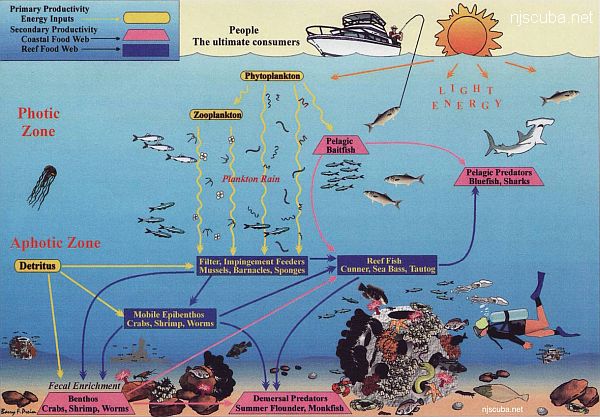
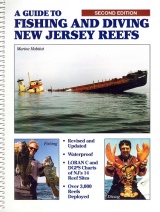
A Guide to Fishing & Diving New Jersey Reefs
NJ Division of Fish & Wildlife, 3rd edition
Includes GPS numbers for all reef sites.
Download your copy of the 3rd edition here. This invaluable book has been out of print for years.

